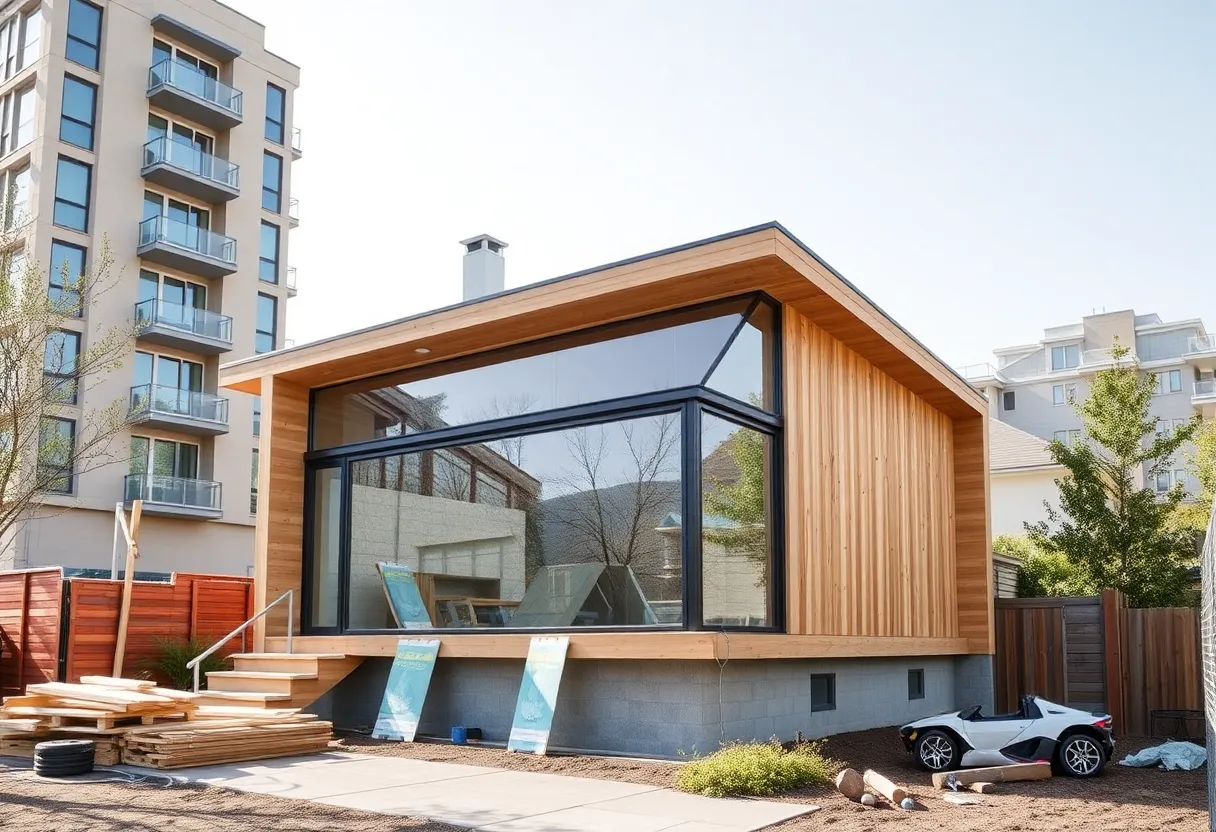What Are the Key Steps to Successfully Plan Your Home Addition?
Adding space to your home is a significant investment and an opportunity to enhance comfort, functionality, and value. Success hinges on meticulous planning, strategic decision-making, and disciplined execution. While the process can seem daunting, breaking it down into clear, manageable steps ensures smoother progress and a more satisfying outcome.
Assess Your Needs and Define Goals
Identify Purpose and Priorities
Begin with a thorough evaluation of why you want a home addition. Is it to accommodate a growing family, create a dedicated workspace, or add recreational space? Clarify your primary needs and the functionalities you desire. This helps focus the project, preventing scope creep and unnecessary costs.
Determine Space Requirements
Quantify the amount of space needed. Measure current areas and imagine the ideal layout. Think about future flexibility — will your needs change over time? These considerations influence the size and layout of the addition.
Set Budget Constraints
Establish a realistic financial range. Consider both construction costs and potential unforeseen expenses. Include allowances for permits, design fees, and interiors. Setting financial boundaries guides decision-making and prioritization.
Research Local Regulations and Permitting
Understand Zoning Laws and Building Codes
Check local zoning ordinances affecting setbacks, height restrictions, and usage. Ensure the planned addition complies fully with existing building codes to avoid legal issues or delays.
Secure Necessary Permits
Apply for permits before construction begins. Permits typically cover structural, electrical, plumbing, and safety standards. Working with professionals familiar with local requirements streamlines approval and ensures compliance.
Design and Planning Phase
Engage Professional Assistance
Consult architects or design-build firms to translate your goals into feasible designs. Professionals can optimize layouts, ensure structural integrity, and incorporate energy-efficient features.
Create Detailed Blueprints
Develop comprehensive plans detailing dimensions, materials, fixtures, and finishes. Clear blueprints prevent misunderstandings and set precise expectations for contractors.
Consider Future Needs and Compatibility
Design with adaptability in mind. Will the addition accommodate future expansions? Ensure architectural harmony with existing structures to maintain aesthetic coherence.
Develop a Realistic Timeline
Outline Key Milestones
Identify important phases: design finalization, permits, groundbreaking, construction, inspections, and completion. Set target dates for each milestone to monitor progress.
Factor in Potential Delays
Contingencies are essential. Weather, material availability, or permit delays can affect schedules. Build flexibility into your timeline to reduce stress and avoid rushing critical phases.
Obtain Competitive Bids and Select Contractors
Request Multiple Quotes
Engage several reputable contractors for detailed proposals. Compare scope, pricing, timeline, and references. This provides leverage for negotiations and ensures value for money.
Check Credentials and References
Verify licenses, insurance, and past project quality. Contact previous clients to assess reliability and workmanship. Well-qualified contractors minimize risks and rework.
Establish Clear Contracts
Draft agreements outlining scope of work, payment schedule, warranty, and change order procedures. Clear contracts align expectations and protect both parties during construction.
Prepare Your Property and Coordinates
Site Preparation
Clear the area of obstructions, furniture, or landscaping that could hinder construction. Arrange for temporary utilities or power if needed during the build.
Plan for Disruption
Inform household members of potential disruptions. Consider temporary accommodations if necessary during major phases to ensure safety and convenience.
Construction Phase Management
Regular Oversight and Communication
Maintain contact with your contractor. Regular site visits or updates help identify issues early and ensure adherence to plans and schedules.
Document Progress and Changes
Keep records of work completed, change orders, and receipts. Proper documentation prevents misunderstandings and facilitates future repairs or renovations.
Address Issues Promptly
Resolve any problems or deviations quickly. Open communication minimizes delays, extra costs, and craftsmanship issues.
Inspection, Finalization, and Occupancy
Coordinate Inspections
Work with local authorities to pass all required inspections. Building codes enforce safety and quality standards for lasting value and comfort.
Finalize Payments and Documentation
Ensure all contractual obligations are met before releasing final payments. Collect warranties, manuals, and inspection reports for future reference.
Impressions and Adaptation
After completion, evaluate the project. Address any finishing touches or necessary adjustments. Properly integrating your addition ensures maximum usability and satisfaction.
Tips for Ensuring a Smooth Planning Process
- Prioritize clarity in communication with professionals and contractors. Clear expectations prevent misunderstandings.
- Stick to your budget and timeline. Flexibility is vital but avoid scope creep that can inflate costs.
- Maintain realistic expectations. Understand that delays or issues may arise and plan accordingly.
- Invest in quality materials and craftsmanship. It pays off in durability and aesthetics.
Thorough planning, disciplined execution, and professional collaboration are the core pillars of a successful home addition. Attention to each step ensures your project enhances your home’s value, functionality, and your daily living experience. By methodically addressing each phase, you minimize risks and turn your vision into a well-executed reality.
Author: STAFF HERE NEW YORK WRITER
The NEW YORK STAFF WRITER represents the experienced team at HERENewYork.com, your go-to source for actionable local news and information in New York, the five boroughs, and beyond. Specializing in "news you can use," we cover essential topics like product reviews for personal and business needs, local business directories, politics, real estate trends, neighborhood insights, and state news affecting the area—with deep expertise drawn from years of dedicated reporting and strong community input, including local press releases and business updates. We deliver top reporting on high-value events such as New York Fashion Week, Macy's Thanksgiving Day Parade, and Tribeca Film Festival. Our coverage extends to key organizations like the Greater New York Chamber of Commerce and United Way of New York, plus leading businesses in finance and media that power the local economy such as JPMorgan Chase, Goldman Sachs, and Bloomberg. As part of the broader HERE network, including HEREBuffalo.com, we provide comprehensive, credible insights into New York's dynamic landscape.





